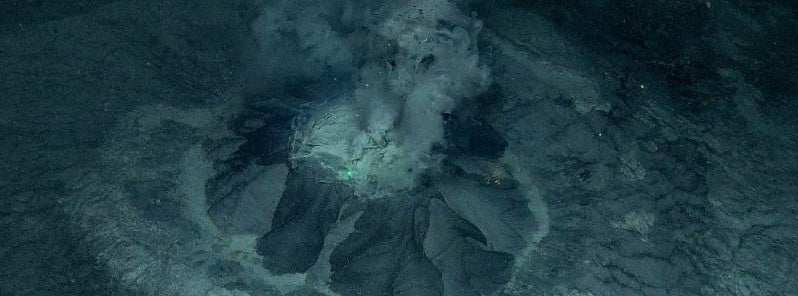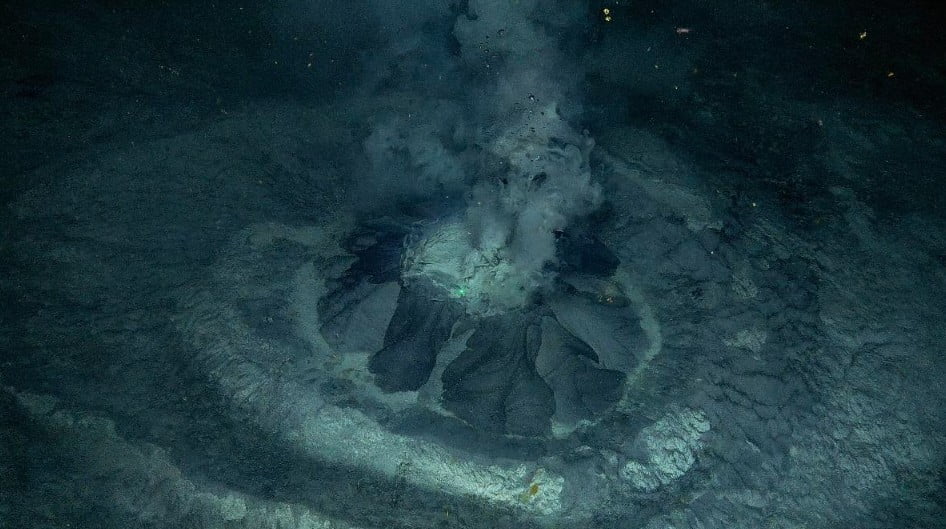Borealis Mud Volcano – Unique new volcano discovered in the Barents Sea

Scientists from UiT, The Arctic University of Norway, in collaboration with REV Ocean, discovered a unique new volcano in the Barents Sea. The Borealis Mud Volcano, located at a depth of 400 m (1 312 feet) and approximately 130 km (80 miles) south of Bear Island, continuously emits mud, fluids and gas, providing valuable insights into Earth science.
The Borealis Mud Volcano, a unique geological phenomenon, was discovered at a depth of 400 m (1 312 feet) in the Barents Sea. The volcano, which is approximately 7 m (23 feet) in diameter and 2.5 m (8.2 feet) high, is situated inside a crater that is roughly 300 m (984 feet) wide and 25 m (82 feet) deep. This discovery is significant as it is only the second mud volcano found within Norwegian waters.
The volcano continuously emits fluids rich in methane, a potent climate gas. This discovery will help scientists understand the potential impact of localized but persistent in-time phenomena on the global methane budget and its impacts on the ecosystems. The Borealis Mud Volcano is most likely the result of a catastrophic, natural blowout that abruptly released massive methane just after the last glaciation period, 18 000 years ago.

The expedition leader, Professor Giuliana Panieri, expressed her excitement at witnessing an underwater mud eruption in real time, stating it reminded her of how “alive” our planet is. She also mentioned the possibility of discovering other mud volcanoes in the Barents Sea, emphasizing the importance of collaborative teamwork and advanced technology in achieving these results.
The crater where the volcano was found hosts a rich community of seabed life, thriving on the steep flanks of carbonate crusts formed several thousands of years ago. This unique habitat includes sea anemones, sponges, carnivorous sponges, sea stars, corals, sea spiders, and crustaceans. Within the crater, there are also areas of extensive bacteria mats and tube worms.
The AKMA3 oceanographic expedition, which made this discovery, is part of the Advancing Knowledge of Methane in the Arctic, a project funded by the Norwegian Research Council. The team is composed of a multi-disciplinary team of scientists and students from various institutions around the world. The expedition concluded on May 10, 2023, after a twelve-day cruise in the Barents Sea.
References:
1 New volcano discovered in the Barents Sea – UiT – May 10, 2023
Featured image: Borealis Mud Volcano. Credit: UIT/AKMA3

Commenting rules and guidelines
We value the thoughts and opinions of our readers and welcome healthy discussions on our website. In order to maintain a respectful and positive community, we ask that all commenters follow these rules.